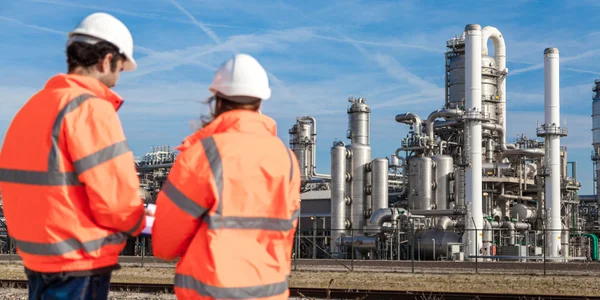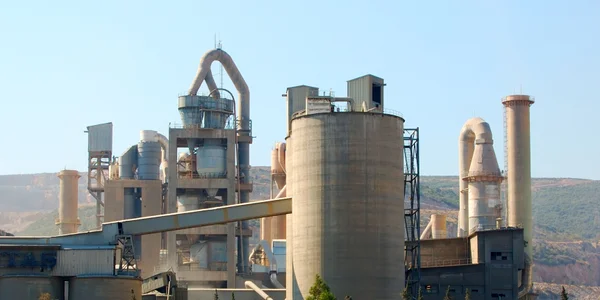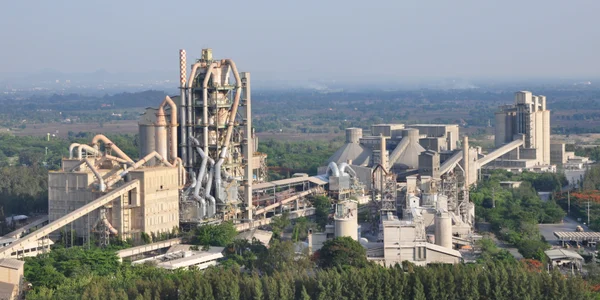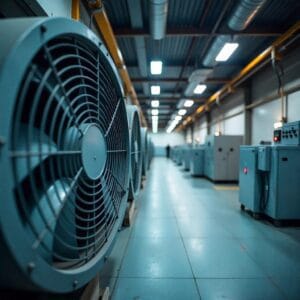Rozwiązania w zakresie filtracji powietrza i pyłu dla przemysłu cementowego i mineralnego
Proces w cemencie i minerałach
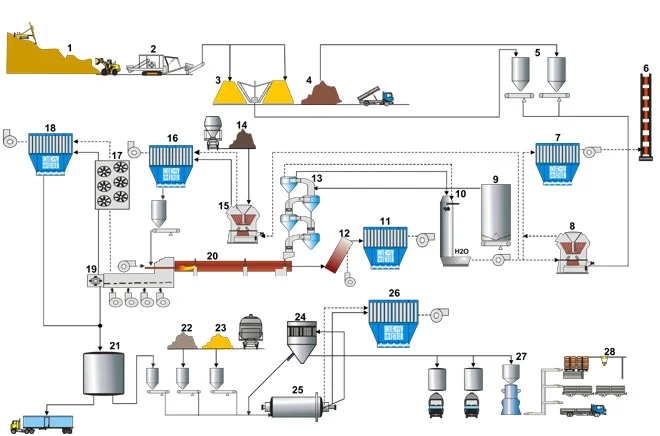
Filtr zewnętrzny
Suszarka rozpyłowa
Filtr CIP
Zewnętrzne złoże fluidalne
Pożywny
- 1. Kamieniołom
- 2. Zakład kruszenia
- 3. Homogenizacja surowca
- 4. Kruszywa
- 5. Silos zasilający młyn surowcowy
- 6. Główny stos
- 7. Filtr workowy do pieca/młyna surowcowego
- 8. Młyn do surowca pionowy
- 9. Silos do podawania surowca
- 10. Wieża do kondycjonowania gazu
- 11. Filtr workowy do obejścia alkalicznego
- 12. Obejście komory mieszającej
- 13. Podgrzewacz cyklonowy
- 14. Węgiel surowy
- 15. Młyn pionowy do mielenia węgla
- 16. Filtr workowy do zakładu przemiału węgla
- 17. Chłodnica rurowa
- 18. Filtr workowy do chłodnika klinkieru
- 19. Chłodnica klinkieru
- 20. Piec obrotowy
- 21. Silos klinkierowy
- 22. Gips
- 23. Minerały
- 24. Separator
- 25. Walcownia cementu
- 26. Filtr workowy do młyna cementowego
- 27. Zakład pakujący
- 28. Zakład paletyzacji
Wymagana specyfikacja
Filtruj tytuł PJM
Filtruj tytuł PJM
Typowe dane projektowe | Piec/młyn surowcowy |
|---|---|
Objętość gazu | < 1 200 000 |
Temperatura gazu | 85 – 110 związek / < 250 bezpośredni |
Rodzaj pyłu | CaCO3, CaO |
Zawartość pyłu resztkowego | < 550 |
Zawartość pyłu w gazie surowym | < 10 |
Czyszczenie | online/offline |
Medium filtracyjne | PEA, NX, PPS, PI, GL/PTFE |
Typowe dane projektowe | Ominięcie alkaliczne |
|---|---|
Objętość gazu | < 800 000 |
Temperatura gazu | < 250 |
Rodzaj pyłu | CaCO3, CaO, Alkali |
Zawartość pyłu resztkowego | < 25 |
Zawartość pyłu w gazie surowym | < 10 |
Czyszczenie | nieaktywny |
Medium filtracyjne | PTFE-PI / GL-PTFE |
Tytuł filtra IF JCC / IF JC
Chłodnica rurowa IF TC
Typowe dane projektowe | Młyn węglowy |
|---|---|
Objętość gazu | < 450 000 |
Temperatura gazu | 80 – 110 |
Rodzaj pyłu | Węgiel |
Zawartość pyłu resztkowego | < 250 |
Zawartość pyłu w gazie surowym | < 10 |
Czyszczenie | w sieci |
Medium filtracyjne | GROSZEK / PAN |
Typowe dane projektowe | Chłodnica rurowa |
|---|---|
Objętość gazu | < 1 600 000 |
Temperatura gazu w | 250 – 350 |
Temperatura gazu na wyjściu | 120 – 200 |
Tytuł filtra PJM
Tytuł filtra PJM
Typowe dane projektowe | Chłodnica klinkieru |
|---|---|
Objętość gazu | < 800 000 |
Temperatura gazu | 120 – 180 |
Rodzaj pyłu | Klinkier |
Zawartość pyłu w gazie surowym | 10 – 30 |
Zawartość pyłu resztkowego | < 10 |
Czyszczenie | w sieci |
Medium filtracyjne | PE / NX / PI |
Typowe dane projektowe | Młyn wykańczający cementu |
|---|---|
Objętość gazu | < 300 000 |
Temperatura gazu | 80 – 110 |
Rodzaj pyłu | Cement, żużel |
Zawartość pyłu w gazie surowym | < 350 |
Zawartość pyłu resztkowego | < 10 |
Czyszczenie | online/offline |
Medium filtracyjne | WF / PEA |
Nasze produkty Zastosowanie w przemyśle cementowym i mineralnym
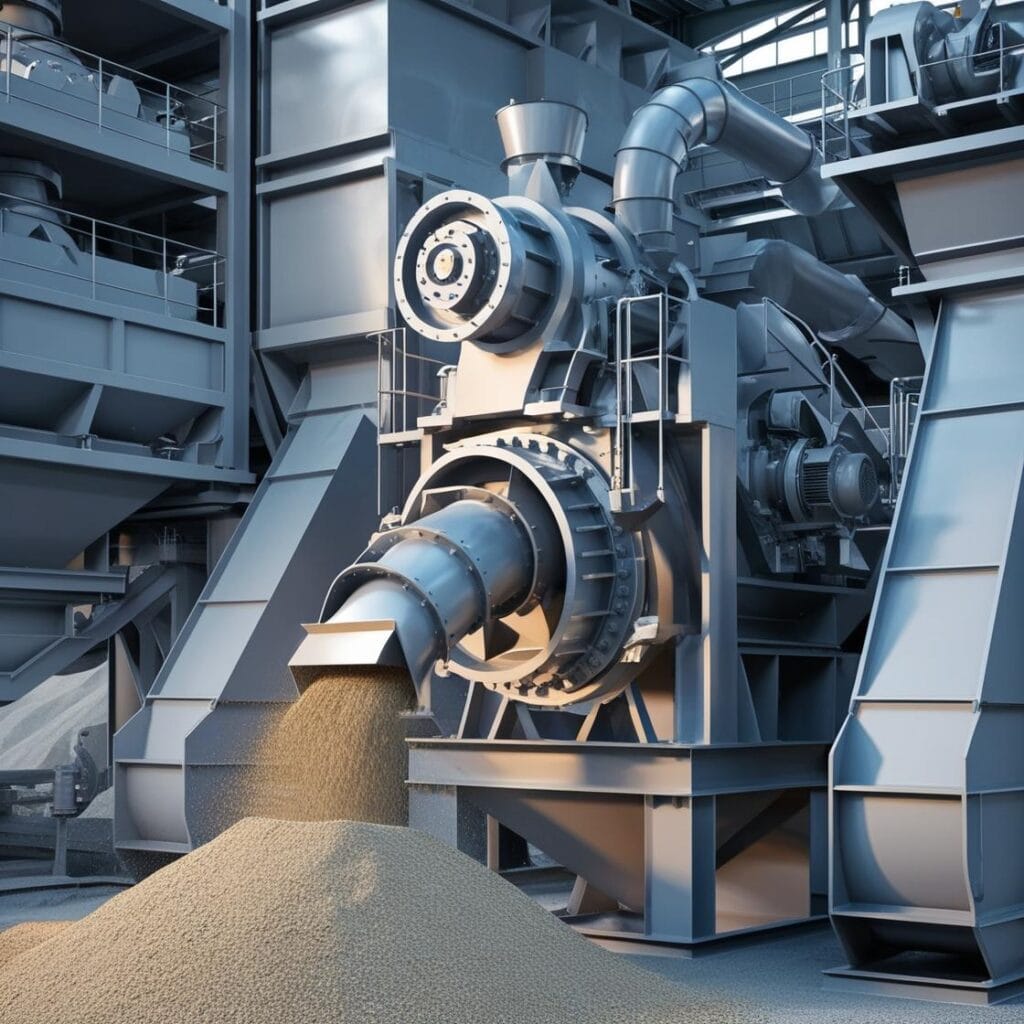
Ogranicza ilość pyłu powstającego w wyniku procesów kruszenia i mielenia wymagających dużej energii, wychwytując drobne cząstki stałe i zapobiegając ich przedostawaniu się do atmosfery.
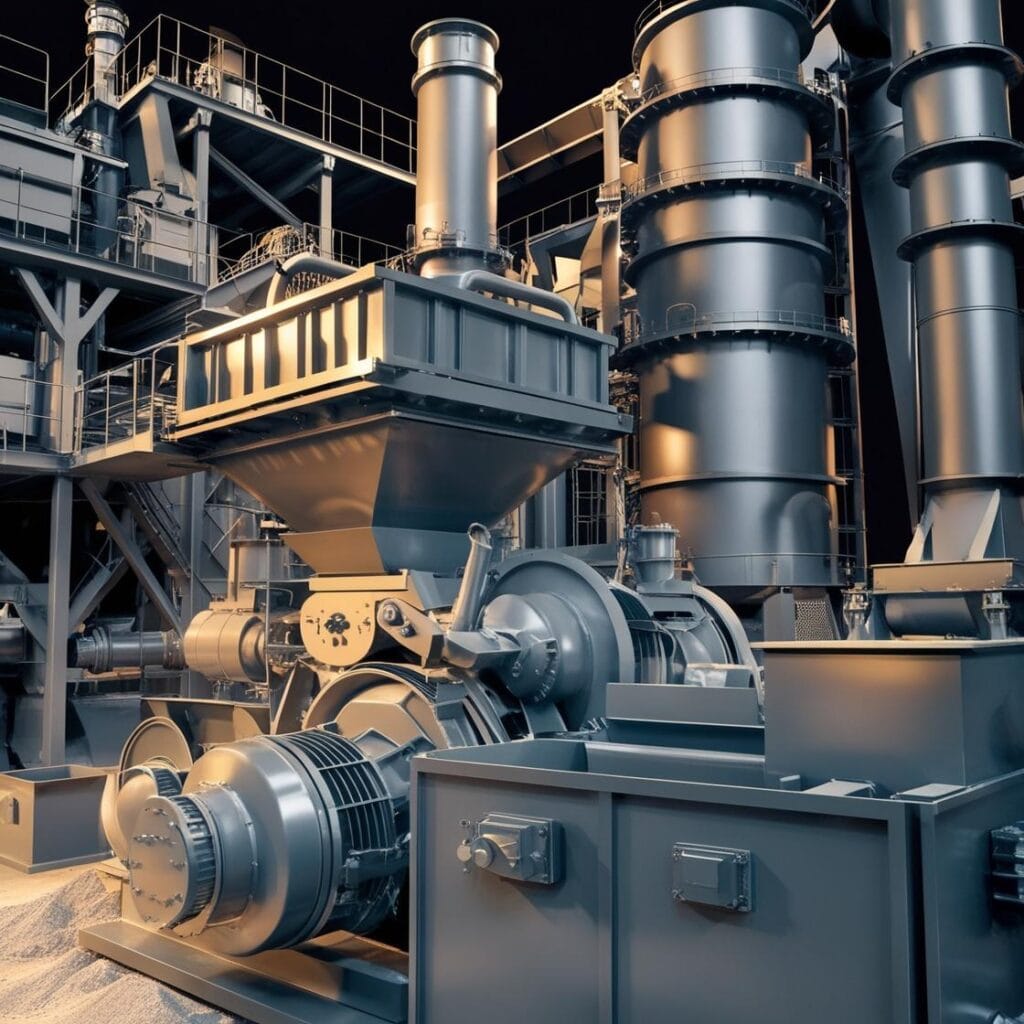
Zmniejsza emisje pochodzące z procesów w piecach, w których podgrzewane są surowce, kontrolując ilość pyłu i innych unoszących się w powietrzu cząsteczek uwalnianych podczas produkcji cementu.

Wychwytuje pył powstający w trakcie transportu materiałów sypkich, np. wapienia i klinkieru, zapobiegając uwalnianiu się cząstek podczas magazynowania i transportu.
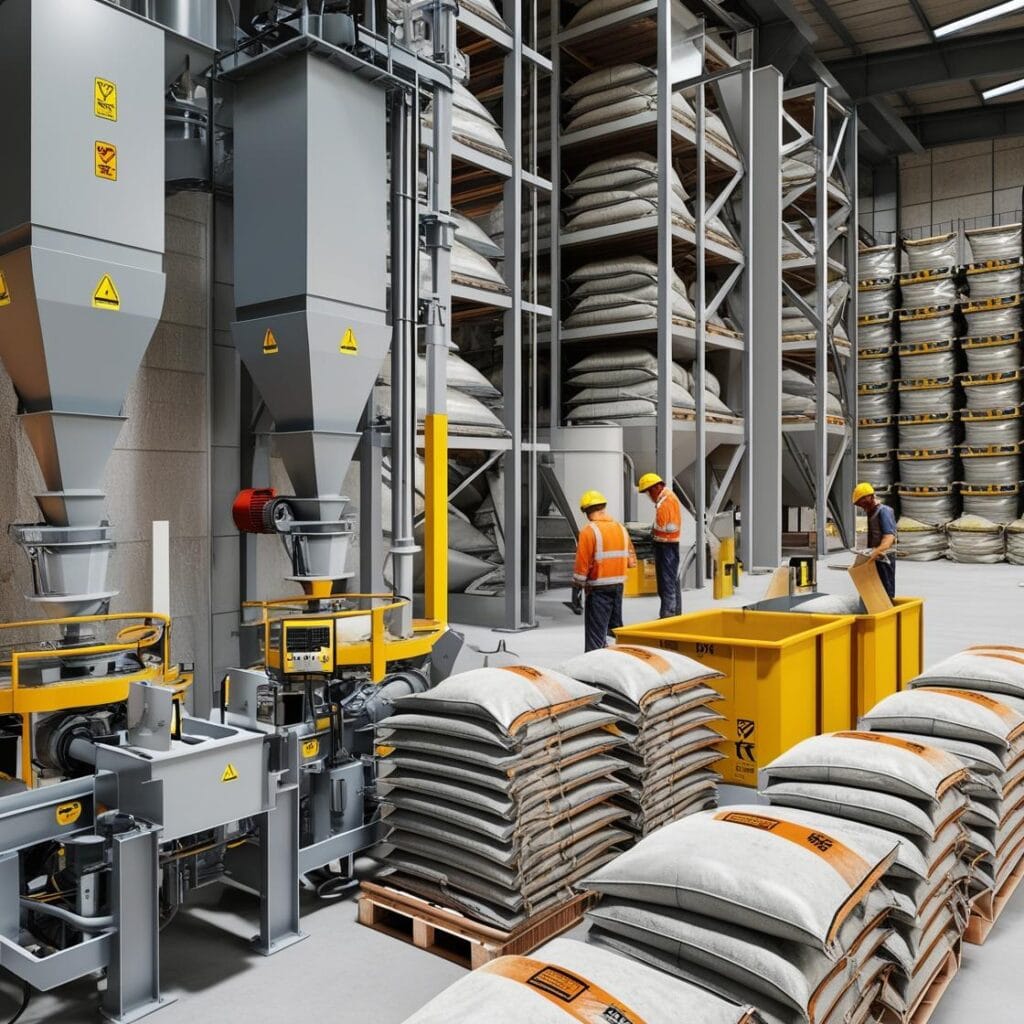
Minimalizuje emisję pyłu w miejscach pakowania i magazynowania produktów, gwarantując, że gotowe produkty są pakowane i przechowywane w środowisku wolnym od zanieczyszczeń.
Krajobraz regulacyjny w zakresie kontroli zapylenia |
|---|
Normy jakości powietrza |
Zdrowie i bezpieczeństwo pracowników |
Zapobieganie pożarom i wybuchom |
Ochrona środowiska |
Monitorowanie i raportowanie emisji |
Efektywność energetyczna |
Gospodarka odpadami |
Jakość i spójność produktu |
Zmniejszone przestoje i koszty konserwacji |
Wyzwania związane z kontrolą zapylenia |
|---|
Wysoki poziom pyłu |
Zagrożenia dla zdrowia pracowników |
Zgodność z przepisami ochrony środowiska |
Zagrożenia pożarem i wybuchem |
Obawy dotyczące jakości produktu |
Zużycie sprzętu |
Zakażenie krzyżowe |
Zgodność z normami jakości powietrza |
Wzrost mikroorganizmów |
Kluczowe kwestie dotyczące skutecznej kontroli zapylenia |
|---|
Wdrażanie efektywnych systemów wychwytywania pyłu |
Prawidłowy przepływ powietrza i kontrola ciśnienia |
Zarządzanie temperaturą i wilgocią |
Wysokowydajne systemy filtracji |
Regularna konserwacja i przeglądy |
Przestrzeganie standardów branżowych |
Częsta ocena systemu kontroli zapylenia |
Adaptacje specyficzne dla procesu |
Ocena i ograniczanie ryzyka |
Skontaktuj się z nami, aby uzyskać fachową konsultację
Poznaj nasze inne usługi!
Często zadawane pytania
W przemyśle cementowym skuteczne rozwiązania filtracyjne są niezbędne do kontrolowania emisji pyłu i zapewnienia zgodności z przepisami ochrony środowiska. Powszechnie stosowane systemy filtracji obejmują filtry workowe, które wykorzystują tkaninowe worki filtracyjne do wychwytywania drobnych cząstek z różnych procesów, takich jak piece, młyny i przeładunek materiałów. Filtry te są cenione ze względu na wysoką skuteczność w usuwaniu cząstek stałych. Ponadto, zaawansowane rozwiązania filtracyjne, takie jak te oferowane przez Micronics, zostały zaprojektowane tak, aby sprostać specyficznym potrzebom przemysłu cementowego, zapewniając zgodność z przepisami ochrony środowiska i zwiększając wydajność operacyjną.
Systemy filtracji zwiększają wydajność produkcji cementu poprzez skuteczne wychwytywanie pyłu i cząstek stałych, zmniejszając zużycie urządzeń i zapobiegając zatykaniu. Zapewnia to płynną pracę, minimalizuje przestoje i poprawia jakość produktu poprzez zapobieganie zanieczyszczeniom. Prawidłowa kontrola zapylenia pomaga również zachować zgodność z przepisami, zmniejszając ryzyko kar pieniężnych i problemów środowiskowych. Ponadto, wydajne systemy filtracji przyczyniają się do oszczędności energii poprzez optymalizację przepływu powietrza i redukcję spadków ciśnienia w systemie.
Zaawansowane systemy filtracji w produkcji cementu pomagają zmniejszyć zanieczyszczenie powietrza poprzez wychwytywanie drobnych cząstek pyłu i minimalizację emisji szkodliwych substancji. Poprawiają jakość powietrza, zapewniając zgodność z przepisami ochrony środowiska i zmniejszając ślad węglowy przemysłu. Poprzez poprawę kontroli zapylenia, systemy te przyczyniają się również do poprawy zdrowia i bezpieczeństwa pracowników. Ponadto wspierają zrównoważony rozwój, umożliwiając odzysk i ponowne wykorzystanie surowców, redukcję odpadów i optymalizację efektywności energetycznej w procesach produkcji cementu.

